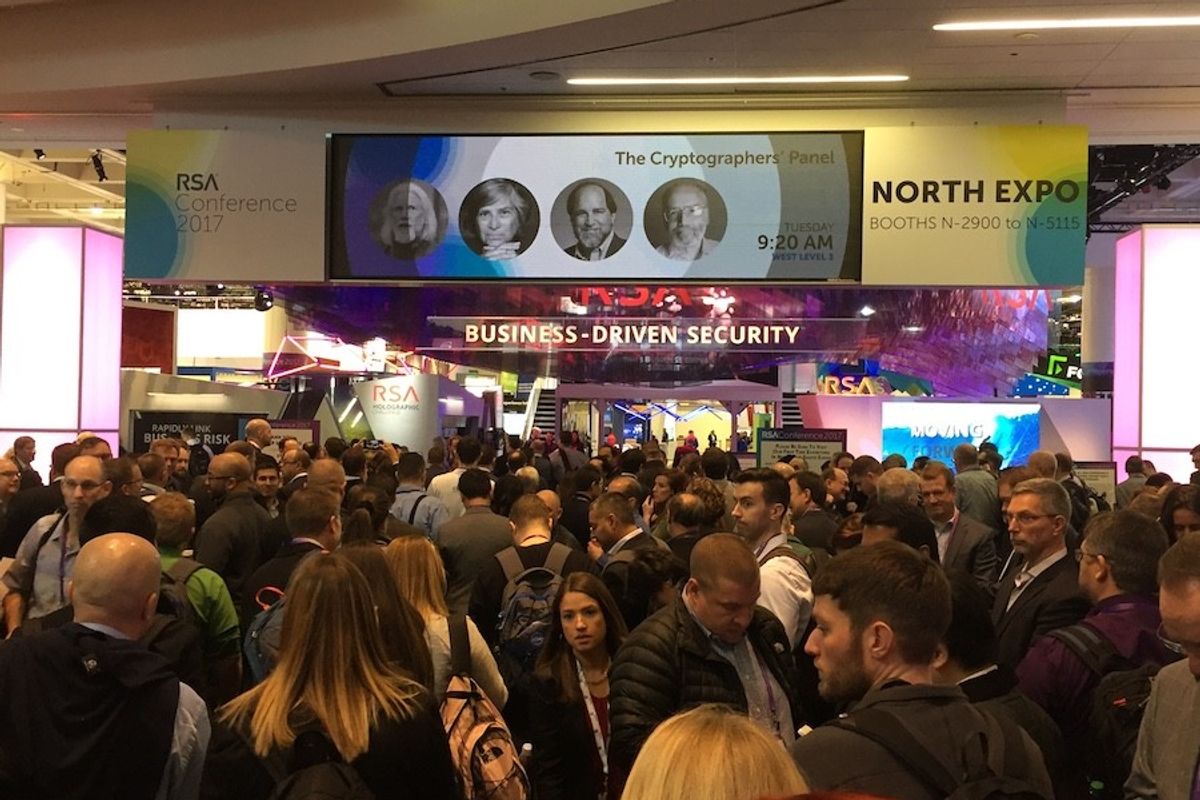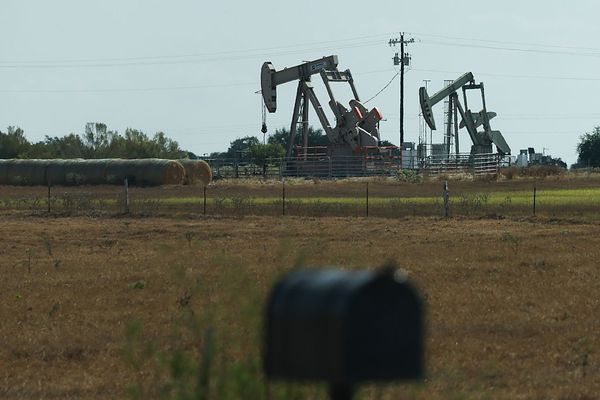The Internet of Things is making changes across the spectrum of American life, and now the technology has progressed to a point where it can start changing the way that urban centers operate. Smart cities could radically alter how Americans live and access municipal services in the future. The Cipher Brief asked Bridget Karlin, Managing Director of the Internet of Things (IoT) Strategy at Intel, about the growing importance of networked technology for managing city functions. According to Karlin, IoT technology could make cities much more efficient, but that potential is largely constrained by the focus and buy-in of local and federal governments.
The Cipher Brief: Why is it important to start developing smarter cities? What are the primary benefits that they would provide?
Bridget Karlin: With vast urbanization happening across the globe, the burden placed on city infrastructure, resources, and public well-being is significant. The Internet of Things technology can offer cities the benefit of delivering more efficient and effective use of resources in areas such as traffic congestion management, digital security and surveillance (DSS), smart parking, smart lighting, energy optimization, and public health and safety. These digital solutions can drive new revenue streams, create new jobs, reduce overall operational costs, and enhance citizen satisfaction and quality of life.
TCB: What are the biggest challenges to the development of smart cities right now? How can these challenges be overcome or mitigated?
BK: As with any new technology transition, there are multiple challenges to contend with. These challenges can include stakeholder management, security issues, budget constraints, technology interoperability, business model ROI ,and public policy. Those cities that will make the fastest traction will have a clear vision around city strategic objectives, innovation, strong cooperation among stakeholder organizations, holistic planning and prioritizing, reliable funding models, and strong citizen engagement.
TCB: Often when new objects become smarter, such as with cars or medical devices, they introduce new vulnerabilities that can be exploited by malicious hackers. Is this a concern with smart cities? What role does cybersecurity play in the development of smart cities, and how is the risk of cyberattacks being addressed? What still needs to be done in this area?
BK: To empower this new type of smart city, leaders and citizens will need to harness the power of massive amounts of information and data all around them. However, as the city becomes smart and connected, the endpoint devices and their data need to be secured. Intel believes that security, data privacy, and protection are critical to enabling smart cities and will require policies and technologies to provide both physical and cyber security. Intel believes that security shouldn’t be treated as an extra or add-on, but it should instead be integrated at the onset and be part of any deployment or architecture design—from sensor-to-cloud-to-analytic insights.
TCB: What is the role of the government in the development of smart cities? How can all levels of government, from local to federal, work more effectively with the private sector to make progress in this area?
BK: The government serves an important role in the development of smart cities by shaping policy and providing funding that encourages innovation, fosters collaboration, and supports utilizing technology that enables efficiencies and promotes growth. Actions may include creating test beds for IoT applications and new business models, investing in federal research, and providing funding for, as well as participating in, public-private partnerships. These partnerships can support technology collaborations and deployments that help local communities tackle key challenges, such as building new city infrastructure, reducing traffic congestion, fighting crime, fostering economic growth, managing the effects of a changing climate, and improving the delivery of city services.
TCB: How do you see smart city initiatives changing life in the U.S. over the next 10 years?
BK: As cities begin their journey toward urbanization and digital transformation, the opportunity to find ways to drive operational efficiencies, more effective use of resources, and opportunities for value added services will prevail. The impact will be a safer, cleaner, and more efficient city, translating to a better experience for citizens and businesses alike.












